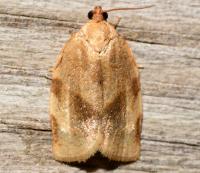
| Recorded by: Emily Stanley on 2025-05-15
Buncombe Co.
Comment: | 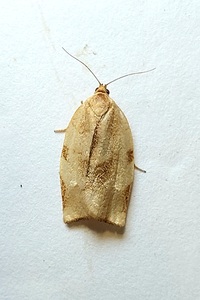
| Recorded by: Mark Basinger on 2025-05-03
Brunswick Co.
Comment: |
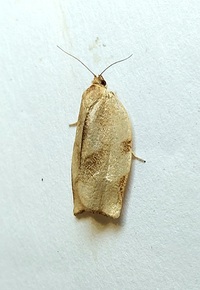
| Recorded by: Mark Basinger on 2025-05-03
Brunswick Co.
Comment: | 
| Recorded by: Mark Basinger on 2025-04-24
Brunswick Co.
Comment: |
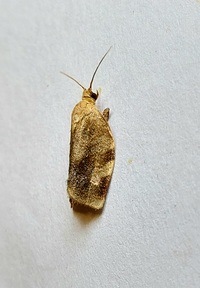
| Recorded by: Mark Basinger on 2025-04-24
Brunswick Co.
Comment: | 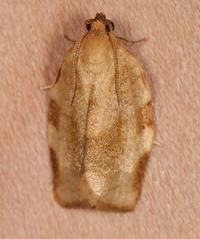
| Recorded by: Jim Petranka and Becky Elkin on 2025-04-15
Bladen Co.
Comment: |

| Recorded by: Jim Petranka and Becky Elkin on 2025-04-15
Bladen Co.
Comment: | 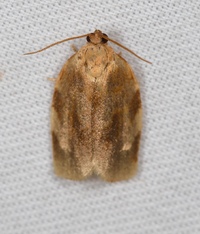
| Recorded by: Jim Petranka on 2024-05-20
Madison Co.
Comment: |
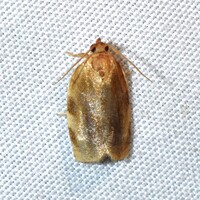
| Recorded by: Jeff Niznik on 2024-05-15
Madison Co.
Comment: | 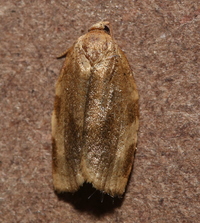
| Recorded by: David George, Jeff Niznik on 2024-04-29
Chatham Co.
Comment: |
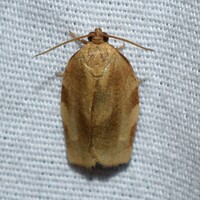
| Recorded by: David George, Stephen Dunn, Jeff Niznik on 2024-04-29
Chatham Co.
Comment: | 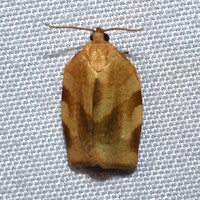
| Recorded by: David George, Jeff Niznik, Rich Teper on 2024-04-17
New Hanover Co.
Comment: |

| Recorded by: David George, Jeff Niznik, Rich Teper on 2024-04-16
New Hanover Co.
Comment: | 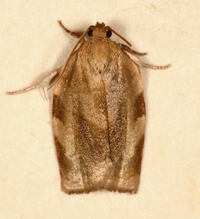
| Recorded by: Jim Petranka on 2023-05-26
Madison Co.
Comment: |
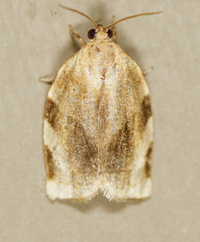
| Recorded by: Jim Petranka and Becky Elkin on 2022-06-07
Madison Co.
Comment: | 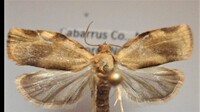
| Recorded by: Darryl Willis on 2021-06-01
Cabarrus Co.
Comment: |
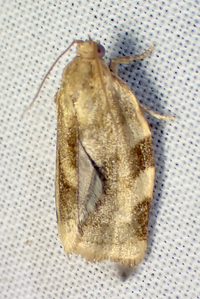
| Recorded by: tom ward on 2021-05-24
Buncombe Co.
Comment: | 
| Recorded by: David L. Heavner on 2021-04-27
Chatham Co.
Comment: |
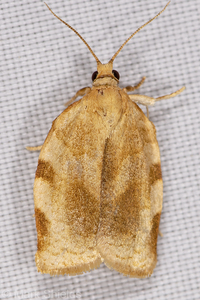
| Recorded by: Mark Shields on 2021-04-27
Onslow Co.
Comment: | 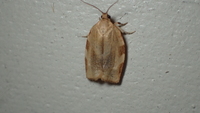
| Recorded by: Erich Hofmann on 2021-04-15
New Hanover Co.
Comment: |

| Recorded by: Erich Hofmann on 2021-04-15
New Hanover Co.
Comment: | 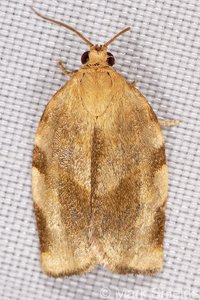
| Recorded by: Mark Shields on 2020-05-01
Onslow Co.
Comment: |
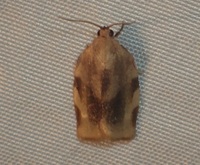
| Recorded by: Erich Hofmann on 2020-04-24
Craven Co.
Comment: | 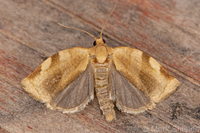
| Recorded by: Mark Shields on 2020-04-18
Onslow Co.
Comment: |
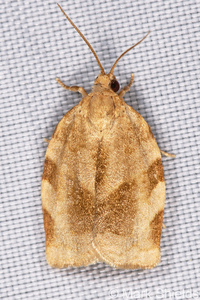
| Recorded by: Mark Shields on 2020-04-03
Onslow Co.
Comment: | 
| Recorded by: Ken Kneidel on 2019-05-31
Yancey Co.
Comment: |

| Recorded by: Jim Petranka and Becky Elkin on 2019-05-11
Madison Co.
Comment: | 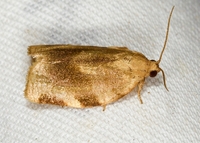
| Recorded by: Jim Petranka and Becky Elkin on 2019-05-11
Madison Co.
Comment: |
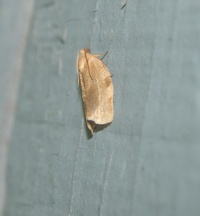
| Recorded by: Vin Stanton on 2018-05-18
Buncombe Co.
Comment: Male, showing costal fold | 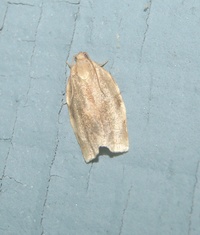
| Recorded by: Vin Stanton on 2018-05-18
Buncombe Co.
Comment: Male, showing costal fold |
|

 »
»